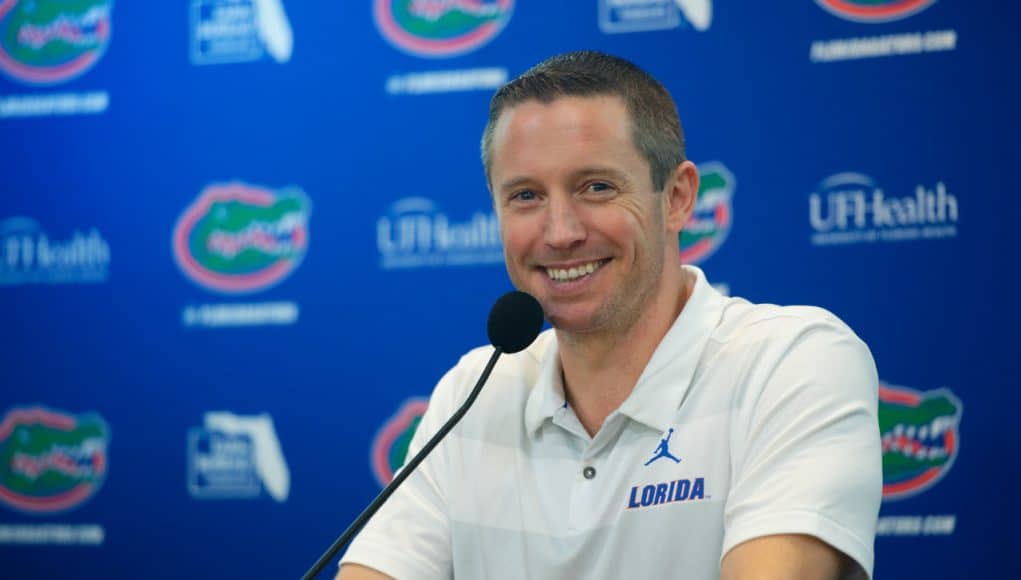To learn a little bit more about Florida’s new transfer acquisition Colin Castleton I reached out to someone who follows Michigan basketball and knows the in and outs of his game, Thomas Beindit. He’s the managing editor of Big Ten Powerhouse, a website that covers all things Big Ten, and as a Michigan alum he follows the Wolverines closely. I fired him off a few questions and he was generous enough to give some insight as to what the Gators can expect for Castleton.
If you need a Big Ten fix on Twitter you can follow Thomas at @tbeindit.
EF: Let’s start at the beginning—why do you think Castleton chose Michigan coming out of high school?
TB: Like a lot of other recent Michigan additions, there are a variety of reasons Castleton likely came to campus. John Beilein built quite a program built on winning and player development. Castleton was the latest in a long line.
EF: Obviously Castleton played for two coaches in his two seasons at Michigan. What are the differences in coaching styles between Beilein and Howard, especially their demands on big men?
TB: Things were generally more similar than different between Beilein and Howard. A lot of this is because Howard arrived at the last minute and inherited a team. The biggest differences were emphasis on big men and pace of play. Howard was much more willing to feed the big men and take early shot clock attempts than Beilein.
EF: Castleton didn’t get on the floor much but he was also playing behind a tremendous Center in Jon Teske. Was the logjam at the position why Castleton didn’t see the floor more, or why do you think he saw so few minutes?
TB: Castleton really had two things working against him in getting on the floor. You hit the first thing on the head. Jon Teske was in front of him and it was pretty unlikely he was ever going to pass him while he remained on campus. The other issue is that Castleton needed more size to play down low in the Big Ten. He’s still quite thin in what’s a really physical league.
EF: What are Castleton’s strengths?
TB: I think Castleton has a lot of length and could be really dangerous if he can improve his handle. He has a nice shooting stroke as well, even though he doesn’t have the stats there just yet.
EF: What are his weaknesses?
TB: Castleton needs more physicality and he needs to develop his “go to” skill right now. He’s decent at a number of things, but he needs to have an area that pops when he gets on the floor, i.e. rebounding, defense, shooting, etc.
EF: Let’s, for the sake of conversation, imagine Castleton gets a waiver to play instantly. How productive do you think he would be as a junior, and do you think a redshirt year would be beneficial?
TB: He could play next year, likely in a reserve role. And if he can work on his handle and improve as a roll man, there’s a lot of potential there.
EF: Where do you see Castleton’s trajectory? What level do you think he gets to in his college career?
TB: My guess is he finishes as a decent starting center that rotates with a reserve man. But if he can fine tune a few skills, he could really be a solid Power Five starter.
EF: Thanks Thomas!


